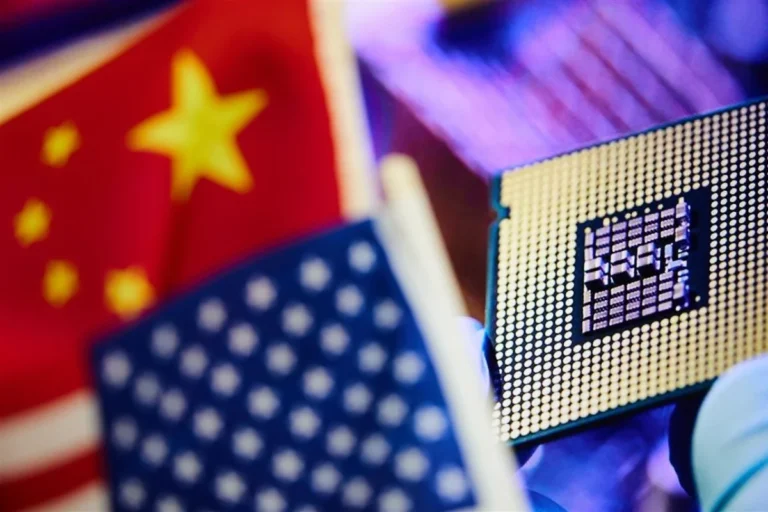The United States has removed export restrictions on certain chip design software to China. This decision affects major companies like Cadence, Synopsys, and Siemens. These firms were told by the US government that they no longer need special permission to sell electronic design automation (EDA) tools to Chinese clients.
The move signals a shift in trade relations between the two nations. It comes after recent talks between Beijing and Washington aimed at reducing trade friction.
Cadence, based in San Jose, California, confirmed in an email that the US Bureau of Industry and Security had canceled the export restrictions. These rules were originally put in place in late May.
Synopsys, headquartered in Sunnyvale, California, also confirmed the policy change. In a statement on its website, the company shared that the Commerce Department had sent a letter stating that the export curbs were lifted immediately.
Siemens Digital Industries Software, located in Plano, Texas, was also informed of the change. Chinese state media reported that Siemens had already restored software access for its clients in China.
Both Cadence and Synopsys have stated that they are working to reinstate services to their Chinese customers. Siemens, according to reports, has already completed this process.
This decision follows an agreement made last week between Chinese and US trade officials. China’s Ministry of Commerce stated that it would handle export applications according to its own laws and rules. In return, the US agreed to remove some of its recent restrictions.
Last year, Cadence, Synopsys, and Siemens together controlled 82 percent of China’s EDA market. These tools are essential for designing semiconductors. Chips created using EDA tools are found in many everyday products. These include smartphones, laptops, and cars.
Industry analysts say this policy change could boost chip development in China. It also shows a rare sign of cooperation in the tech space between the two countries. For Chinese chipmakers, getting access to advanced EDA tools is crucial for improving production and innovation.
The original restrictions were part of a wider US effort to control advanced tech exports to China. Officials had raised concerns that such tools could be used for military purposes. But the removal of these limits may now help rebuild trust between US tech firms and their Chinese partners.
In recent years, the US has tightened rules around chipmaking gear and software. China has responded by investing more in local chip design and manufacturing. However, many Chinese firms still rely on American technology, especially in complex areas like chip architecture and circuit design.
With the new policy, experts believe both sides could benefit. US companies regain access to a large and growing market. Chinese firms, in turn, get the tools they need to stay competitive.
The chip industry is highly global, with design, production, and testing often done in different countries. Cutting off access to key tools can cause major delays. That’s why this development is seen as a positive step for the global supply chain.
Although tensions remain in other areas, the US decision to lift restrictions on chip design software could ease some pressure in the tech war. As the world relies more on digital tools and smart devices, such decisions will play a key role in shaping future trade and innovation.







